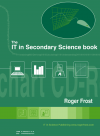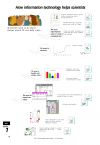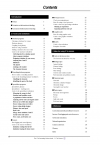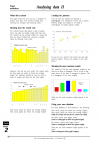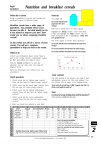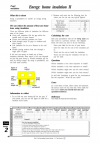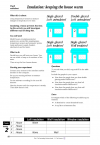IT in Secondary Science: Difference between revisions
m (Adding attribution) |
m (subjects, ages, types) |
||
| Line 1: | Line 1: | ||
{{Rinfo | {{Rinfo | ||
|type= Lesson idea | |||
|attribution={{RogerFrost}} | |attribution={{RogerFrost}} | ||
|title=IT in Secondary Science | |title=IT in Secondary Science | ||
| Line 7: | Line 9: | ||
|image=Itinsecondaryscience0.png | |image=Itinsecondaryscience0.png | ||
|resourcenumber=SC0054 | |resourcenumber=SC0054 | ||
|age= Secondary age 11-16 | |age= Secondary age 11-16, Secondary | ||
|content=This popular guidebook, now released as below, provided content for the drive to adopt technology for teaching science in classrooms. It collected countless ideas for using IT tools in science and provided practical examples of how they can work to good effect. In summary, the ideas within are classified as follows: | |content=This popular guidebook, now released as below, provided content for the drive to adopt technology for teaching science in classrooms. It collected countless ideas for using IT tools in science and provided practical examples of how they can work to good effect. In summary, the ideas within are classified as follows: | ||
* Communicating – using graphics, publishing and word processing tools | * Communicating – using graphics, publishing and word processing tools | ||
Revision as of 15:26, 28 September 2012
Lesson idea. This popular guidebook, now released as below, provided content for the drive to adopt technology for teaching science in classrooms. It collected countless ideas for using IT tools in science and provided practical examples of how they can work to good effect. In summary, the ideas within are classified as follows:
- Communicating – using graphics, publishing and word processing tools
- Handling information – using a spreadsheet or database
- Measuring in science – using electronic sensors and data loggers
- Modelling ideas – using a spreadsheet; modelling software; simulation or animation
The book pre-dated the use of the internet for communicating and research, hence the use of the term IT and not ICT in secondary science.
Teaching approach. This book provides resources and lesson ideas with ICT(i) as a key focus for use in inquiry(ta) based learning and the scientific method(ta). It offers opportunities for use of group work(ta) and collaboration(ta) as well as whole class(ta) questioning(ta). (edit)
| Resource details | |
| Title | IT in Secondary Science |
| Topic | [[Topics/ICT|ICT]] |
| Teaching approach | [[Teaching Approaches/Questioning|Questioning]], [[Teaching Approaches/Whole class|Whole class]], [[Teaching Approaches/Group work|Group work]], [[Teaching Approaches/Inquiry|Inquiry]], [[Teaching Approaches/Collaboration|Collaboration]], [[Teaching Approaches/Scientific method|Scientific method]] |
| Learning Objectives | Typically using IT or ICT leads to situations where the following can more become part of the culture
|
| Format / structure | Online book - licensed to ORBIT |
| Subject | [[Resources/Science|Science]] |
| Age of students / grade | [[Resources/Secondary age 11-16|Secondary age 11-16]], [[Resources/Secondary|Secondary]]
|
| Useful information | Book data: ISBN 0-9520257-2-8. 132pp spiral bound. First published 1994 revised x 11 to 2003. Copies 6,000. Price £16.50.
|
| Files and resources to view and download | The resource is available in a number of formats
Preview of some activities from 'IT in Secondary Science' by Roger Frost |
| Acknowledgement | This resource was created by Roger Frost, and is under the ORBIT's CC licence. |
This resource was created by Roger Frost, and is under the ORBIT's CC licence.

